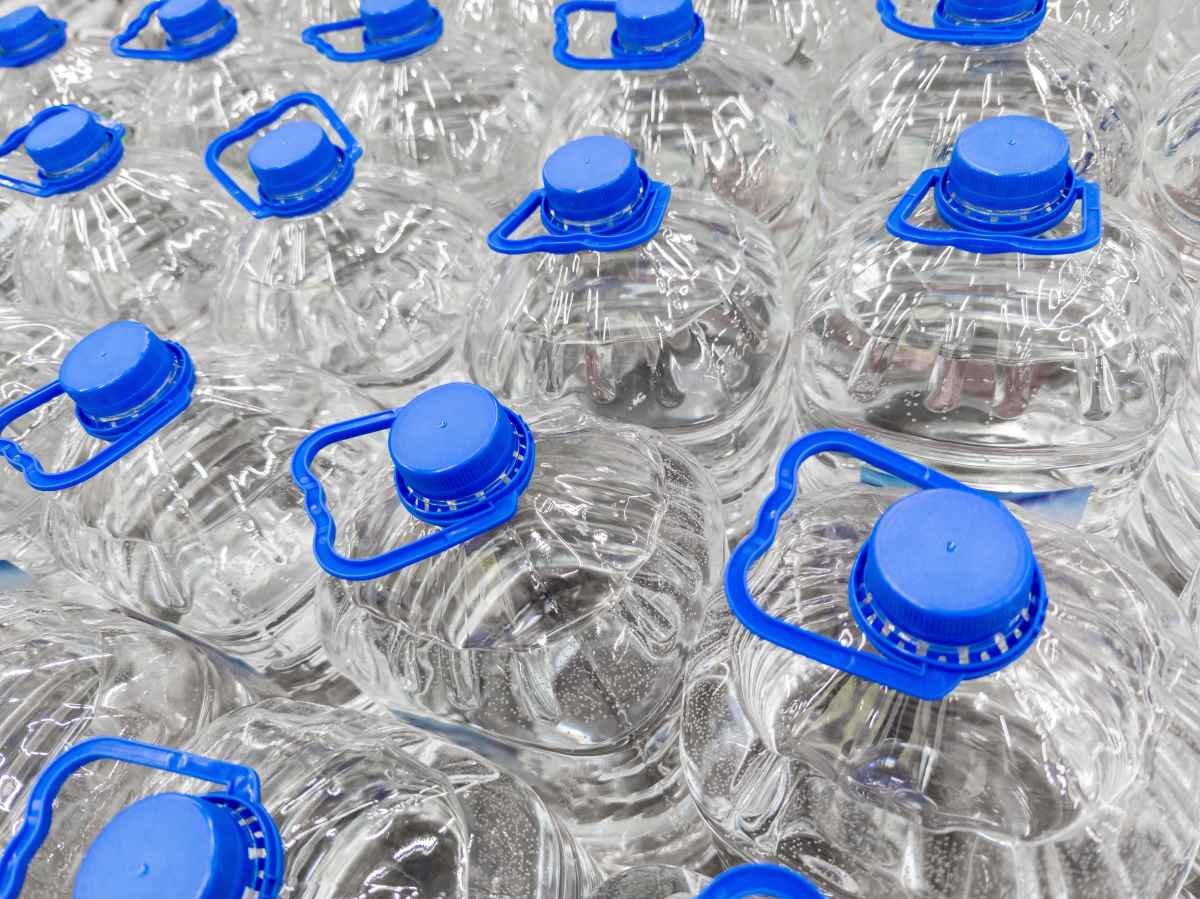

Articles
How To Store Bottled Water Long Term
Modified: December 7, 2023
Learn the best methods for storing bottled water long term in this comprehensive article. Find out how to ensure your water stays safe and fresh for extended periods
(Many of the links in this article redirect to a specific reviewed product. Your purchase of these products through affiliate links helps to generate commission for Storables.com, at no extra cost. Learn more)
Introduction
Water is an essential resource for our survival, and having access to safe and clean drinking water is a top priority, especially in emergency situations or when facing natural disasters. While it’s easy to rely on tap water for our daily needs, circumstances may arise where a backup supply of water becomes crucial. That’s where long-term water storage comes into play.
Long-term water storage refers to the practice of storing water for an extended period, ensuring its safety and usability over time. Whether you’re preparing for a potential crisis or simply want to have a backup supply of water at hand, knowing how to effectively store bottled water is essential. In this article, we will explore the importance of long-term water storage, factors to consider when storing water, choosing the right containers, preparing water for storage, proper storage conditions, and regularly checking and rotating stored water.
Having a reserved supply of water is crucial in emergency situations, such as natural disasters like hurricanes, floods, or earthquakes, when access to clean water might be disrupted. Even in less severe scenarios like water supply contamination or maintenance work, having stored water ensures you won’t be left without a vital resource. Additionally, camping trips, remote living situations, or prolonged hikes are other instances where having stored water can be essential for survival.
Before you start storing water for the long term, there are a few factors you should consider. Firstly, it’s crucial to determine the quantity of water you will need. The general rule of thumb is to store at least one gallon of water per person per day. This amount allows for drinking, cooking, and limited hygiene needs. If you have pets or specific medical needs, account for their requirements as well.
Next, consider the shelf life of the bottled water you plan to store. While commercially bottled water typically has a long shelf life, it’s essential to check the expiration date and opt for brands with a longer shelf life if possible. This ensures the water remains safe and drinkable for an extended period.
Another critical factor to consider is the environment in which you will store the water. Choose a cool, dark, and dry area that is free from sunlight and extreme temperature fluctuations. Heat, sunlight, and exposure to chemicals can lead to the degradation of the water and potentially compromise its safety. Selecting the right containers for long-term water storage is equally important.
In the following sections, we will delve deeper into these factors and explore the necessary steps to store bottled water for the long term. So, let’s get started on this essential journey of preparedness and peace of mind.
Key Takeaways:
- Long-term water storage is crucial for emergency preparedness, ensuring access to safe drinking water during natural disasters and water supply disruptions.
- Properly preparing and storing bottled water in suitable containers, monitoring expiration dates, and regular rotation ensure a reliable and safe long-term water supply.
Read more: How To Store Water Long Term
Why is long-term water storage important?
Long-term water storage is of utmost importance for several reasons. Here are some key reasons why having a reserve of water is crucial:
1. Emergency Preparedness: Natural disasters and unforeseen emergencies can disrupt the regular water supply, making it essential to have a backup source. During events like hurricanes, earthquakes, or prolonged power outages, access to clean water may be limited or completely cut off. Having stored water ensures you can meet your basic hydration and hygiene needs, keeping you and your loved ones safe during such times.
2. Water Contamination: Water supply contamination is a potential risk in both urban and rural areas. Chemical spills, water treatment plant failures, or infrastructure issues can lead to the presence of harmful contaminants in the water supply. Having stored water allows you to avoid using contaminated water and reduces the risk of waterborne illnesses.
3. Convenience and Peace of Mind: Long-term water storage provides convenience and peace of mind, knowing that you have a reliable supply of water readily available. This is especially beneficial for people living in remote areas or those who enjoy outdoor activities like camping, where access to clean water sources may be limited.
4. Economic Savings: Keeping a reserve supply of water can also result in economic savings. During emergencies, the demand for bottled water often increases, leading to price hikes. By storing water ahead of time, you can avoid paying inflated prices and save money in the long run.
5. Community Support: Having a stockpile of water can also allow you to provide assistance to others in need, such as neighbors or community members, during emergencies. By storing extra water, you can help alleviate the strain on local resources and contribute to the collective well-being of your community.
It is important to remember that water is a vital resource, and ensuring its availability and quality is crucial for our health and well-being. Long-term water storage allows us to be prepared for unforeseen circumstances and safeguard our access to clean and safe drinking water. By taking the time to store water properly, we can enhance our resilience in the face of emergencies and ensure the well-being of ourselves and our loved ones.
Factors to consider before storing bottled water
Before you embark on storing bottled water for the long term, there are several important factors to consider. By taking these factors into account, you can ensure the safety and usability of the stored water. Let’s explore the key considerations below:
1. Quantity of water: It is crucial to determine the quantity of water you will need for storage. The general guideline is to store at least one gallon of water per person per day. This amount accounts for drinking, cooking, and limited hygiene needs. If you have pets or specific medical needs, factor those into your calculations as well.
2. Shelf life: Commercially bottled water typically has a long shelf life, ranging from one to two years or more. However, it is important to check the expiration dates on the bottles before storing them. Opt for brands with longer shelf lives whenever possible. By ensuring the water is within its shelf life, you can be confident it will remain safe and drinkable over an extended period.
3. Storage containers: Choosing the right containers for long-term water storage is essential. Opt for food-grade containers made from durable materials, such as high-density polyethylene (HDPE) or polypropylene. These materials are sturdy, non-toxic, and resistant to chemicals. Avoid using containers that previously held chemicals or non-food substances, as they may contaminate the water. Additionally, ensure the containers are clean and free from any residue or odor.
4. Sealability: The containers used for water storage should have tight and reliable seals to prevent any leakage. Ensure that the caps or lids are properly closed to maintain the integrity of the water. This will help protect the water from any potential contaminants and maintain its freshness.
5. Storage location: Choose a suitable storage location for your bottled water. It should be a cool, dark, and dry area that is free from direct sunlight and extreme temperature fluctuations. Heat, sunlight, and exposure to chemicals can degrade the water quality and compromise its safety. Basements, pantries, or dedicated storage areas are often ideal options for long-term water storage.
6. Rotation and replenishment: Regularly check the expiration dates on your stored water containers and rotate them accordingly. Periodically use and replace the stored water to ensure you always have a fresh supply available. This practice not only ensures the quality of the water but also allows you to familiarize yourself with the process and identify any potential issues with your storage containers.
By considering these factors before storing bottled water, you can be confident that your emergency water supply will be safe, reliable, and readily available when needed. Taking the time to properly plan and prepare for long-term water storage will provide you and your loved ones with peace of mind during unexpected situations that may disrupt the regular water supply.
Choosing the right containers for long-term storage
When it comes to long-term water storage, selecting the right containers is crucial to ensure the safety and quality of the stored water. The containers should be suitable for extended storage periods, keeping the water free from contaminants and maintaining its freshness. Here are some key factors to consider when choosing containers for long-term water storage:
1. Food-grade materials: Opt for containers made from food-grade materials, such as high-density polyethylene (HDPE) or polypropylene. These materials are sturdy, non-toxic, and resistant to chemicals, making them ideal for storing water. Avoid using containers that were previously used for chemicals or non-food substances, as they may contaminate the water.
2. Size and shape: Consider the size and shape of the containers based on your storage needs and available space. It’s often more practical to store water in smaller containers rather than large ones. Smaller containers are easier to handle, pour, and rotate if needed. Additionally, they allow for better distribution and access to the stored water.
3. Sealability: Ensure that the containers have tight and reliable seals to prevent any leakage. The caps or lids should close securely to maintain the integrity of the water. This will protect the water from potential contaminants and maintain its freshness over time. Look for containers with built-in gaskets or seals for added assurance.
4. Transparency: Choose containers that are transparent or have a clear panel to allow for easy monitoring of the water’s condition. Being able to see the water level and any potential changes in color or sedimentation is essential for ensuring its safety and usability.
5. Portability: Consider the portability of the containers, especially if you anticipate the need to transport the stored water during emergencies. Containers with handles or sturdy grips will make it easier to move and carry the water when necessary. Portable containers can also be practical for outdoor activities or camping trips.
6. Stackability: If space is limited, look for containers that are designed for easy stacking. This will help maximize storage space and keep the area organized. Stackable containers also provide stability and reduce the risk of accidental tipping or damage to the containers.
7. Reusability: While it is recommended to replace stored water every 6-12 months, reusable containers allow for easier maintenance and rotation. Look for containers that are designed for multiple uses and are dishwasher-safe for convenience.
Remember that the quality and suitability of the containers directly impact the safety and shelf life of the stored water. By selecting containers made from food-grade materials, with proper sealability, transparency, portability, and stackability, you can ensure that your long-term water storage remains reliable and ready for use during emergencies or other unforeseen situations.
Store bottled water long term in a cool, dark place away from direct sunlight and chemicals. Rotate stock every 6-12 months to ensure freshness.
Preparing bottled water for long-term storage
Properly preparing bottled water for long-term storage is crucial to ensure its safety and maintain its freshness over an extended period. While commercially bottled water is generally safe for storage, taking a few extra steps can help optimize its longevity. Here are some essential tips for preparing bottled water for long-term storage:
1. Check the expiration dates: Before storing bottled water, carefully check the expiration dates on the bottles. While commercially bottled water typically has a long shelf life, it’s important to ensure that the water is still within its expiration period. Opt for brands with longer shelf lives whenever possible, as this will provide you with a more extended window for storage.
2. Rinse the bottles: Even though commercially bottled water is typically clean, it’s still a good practice to rinse the bottles before storing them. This helps remove any potential contaminants like dust or debris that may have accumulated on the bottles during transportation or storage.
3. Sanitize the containers: To ensure the highest level of cleanliness, consider sanitizing the containers before filling them with water. You can do this by washing the containers with hot, soapy water and rinsing them thoroughly. Another option is to use a diluted bleach solution—one teaspoon of bleach per gallon of water—to sanitize the containers. Allow the containers to air dry completely before filling them with water.
4. Use distilled water for re-filling: If you plan to re-fill empty containers for long-term storage, consider using distilled water. Distilled water has gone through a purification process, removing impurities and minerals that can potentially affect the quality of the stored water over time. This helps ensure that the water remains fresh and free from any unwanted taste or odor.
5. Avoid cross-contamination: During the filling process, be cautious to avoid any cross-contamination that may compromise the quality of the water. Use clean utensils and avoid touching the inside of the bottle or the water spout. This minimizes the introduction of bacteria or other contaminants into the water.
6. Secure the caps or lids tightly: After filling the containers with water, ensure that the caps or lids are tightly secured. This will prevent any air or contaminants from entering the bottles, maintaining the water’s freshness and reducing the risk of leakage.
7. Label and date the containers: It’s important to label each container with the date it was filled and any other relevant information. This will help you keep track of the rotation schedule and allow you to use the oldest water first. Additionally, labeling the containers will make it easier to identify the stored water during emergencies or stressful situations.
By following these preparation steps, you can ensure that the bottled water you store for the long term remains safe, clean, and suitable for consumption. It’s essential to regularly check the expiration dates on the containers and replace the stored water every 6-12 months to maintain its quality. Proper preparation and regular rotation will give you peace of mind and ensure a reliable supply of water during emergencies or times when access to clean water is limited.
Read more: How To Store Water For Long Term
Proper storage conditions for bottled water
Ensuring proper storage conditions for bottled water is essential to maintain its quality and safety over an extended period. Factors such as temperature, light exposure, and potential contaminants can affect the integrity of the water. By following these guidelines, you can ensure optimal storage conditions for your bottled water:
1. Temperature: Store bottled water in a cool and stable environment. Ideally, the temperature should be between 50-70°F (10-21°C). Avoid storing water in areas that are susceptible to extreme temperature fluctuations, such as garages or sheds, as excessive heat or cold can degrade the quality of the water. Temperature stability helps preserve the integrity of the bottles and prevents the growth of microorganisms.
2. Avoid direct sunlight: Keep bottled water away from direct sunlight or any other sources of UV radiation. Exposure to sunlight can promote the growth of algae or bacteria and break down the plastics in the bottles, potentially contaminating the water. Store the water in a dark area or use opaque containers to shield it from light.
3. Ventilation: Ensure proper ventilation in the storage area. Good airflow helps regulate the temperature and reduces the risk of condensation, which can lead to water bottle damage or deterioration. Avoid storing water in air-tight spaces or areas prone to high humidity.
4. Chemicals and odors: Keep bottled water away from strong chemicals and substances that may impart unwanted odors or flavors. Store water away from household cleaning products, gasoline, paints, or any other potentially harmful substances that could contaminate the water and affect its taste.
5. Elevated storage: If possible, store water off the ground, using raised shelves or pallets. This helps prevent potential contamination from moisture, pests, or other hazards from the floor. Elevated storage also makes it easier to inspect and rotate the bottles regularly.
6. Organization: Keep your bottled water storage organized and well-labeled. Arrange the bottles neatly and ensure proper airflow between them. This makes it easier to monitor and access the water during emergencies or rotation cycles. Implementing a “first in, first out” system can help ensure that the oldest water is used first to prevent any expiration issues.
7. Regular inspections: Regularly check the stored water for any signs of damage, leaks, or contamination. Inspect the bottles for any bulges, cracks, or other abnormalities that may compromise the water’s safety. If you notice any issues, discard the affected bottles and replace them immediately.
By adhering to these storage conditions, you can help maintain the quality and safety of your stored bottled water. Regularly check the expiration dates on the bottles, and rotate the water every 6-12 months to ensure fresh and reliable supplies. Proper storage will provide you with the peace of mind that you have safe and clean water readily available during emergencies or times when access to fresh water is limited.
Regularly checking and rotating stored water
Regularly checking and rotating stored water is a crucial step in maintaining the quality and safety of your long-term water supply. Over time, factors such as expiration dates, potential contamination, and degradation can affect the integrity of the water. By implementing a rotation system, you can ensure that you always have fresh and reliable water available when needed. Here are some key steps to follow when checking and rotating stored water:
1. Establish a schedule: Set a schedule for checking and rotating the stored water. For most situations, it is recommended to check and rotate the water every 6-12 months. However, it’s important to adjust the schedule based on factors such as expiration dates, storage conditions, and other considerations specific to your situation.
2. Label and track: Properly label each container with the date it was filled and any other relevant information. This will help you track the age of the stored water and ensure that you use the oldest water first. Implement a system that allows you to easily identify and track the rotation of the bottles.
3. Inspect the containers: Regularly inspect the containers for any signs of damage or degradation. Look for bulges, cracks, or leaks that may indicate a compromised seal or compromised water quality. If you notice any issues, discard the affected bottles and replace them with fresh ones.
4. Check for changes in color or odor: Before consuming the stored water, visually inspect it for any changes in color or clarity. The water should be clear and free from any sediment or floating particles. Additionally, check for any unusual odors or tastes. If you notice any significant changes, it is recommended to dispose of the water and refill the containers with fresh water.
5. Use and replace: As part of your rotation system, regularly use and replace the stored water. This practice ensures that you are familiar with the process and allows you to maintain a consistent supply of fresh water. Consider using the stored water for purposes such as watering plants, cleaning, or other non-consumable uses. Remember to replace the water you use with fresh water to maintain a continuous rotation cycle.
6. Consider purification methods: If you are uncertain about the quality of the stored water or suspect any contamination, consider purifying it before consumption. Use reliable water purification methods, such as boiling, chemical disinfection, or filtration, to ensure its safety.
By regularly checking and rotating your stored water, you can have peace of mind knowing that you have a fresh and reliable supply available when needed. This practice ensures that the water remains safe to drink and minimizes the risk of consuming expired or compromised water. Stay vigilant, adhere to the rotation schedule, and make any necessary replacements or adjustments to maintain the quality and integrity of your long-term water supply.
Conclusion
Long-term water storage is a crucial aspect of emergency preparedness and ensuring access to safe and clean drinking water in times of need. By following the guidelines and considering the factors discussed in this article, you can effectively store bottled water for extended periods while maintaining its quality and safety.
We explored the importance of long-term water storage, highlighting its significance in emergency situations, water supply contamination, convenience, economic savings, and community support. Long-term storage allows you to stay prepared and confident in the face of unexpected events that may disrupt access to clean water.
Before storing bottled water, it’s essential to consider factors such as the quantity required, shelf life, suitable containers, and proper preparation. Determining the quantity of water needed per person per day and choosing bottles with longer shelf lives are critical considerations. Opting for food-grade containers made from materials like HDPE or polypropylene, ensuring tight seals, and sanitizing the containers are essential steps in preparing the water for storage.
Proper storage conditions are necessary to maintain the water’s quality over time. Storing the water in a cool, dark, and dry area away from direct sunlight, extreme temperature fluctuations, chemicals, and potential contaminants is vital. Regularly checking the water and rotating it every 6-12 months help ensure freshness and usability. Inspect the containers for damage, changes in color or odor, and use a labeling system to track the rotation effectively.
By following these practices, you can have peace of mind knowing that your stored water is safe, clean, and ready for consumption during emergencies or times when access to fresh water is limited. Regularly refreshing your water supply ensures that you always have a reliable source available when needed.
Remember to stay informed about local recommendations and regulations regarding water storage. Different regions may have specific guidelines based on climate, water quality, and other factors. It is important to stay up to date with any changes or updates to ensure the effectiveness of your long-term water storage practices.
Investing time and effort into properly storing bottled water for the long term is a small but significant step towards ensuring your and your loved ones’ well-being during emergency situations. By having a reserve of clean water, you can face adversity with confidence, knowing that you have taken an essential step towards maintaining your health and safety. Stay prepared, stay hydrated, and stay safe.
Frequently Asked Questions about How To Store Bottled Water Long Term
Was this page helpful?
At Storables.com, we guarantee accurate and reliable information. Our content, validated by Expert Board Contributors, is crafted following stringent Editorial Policies. We're committed to providing you with well-researched, expert-backed insights for all your informational needs.
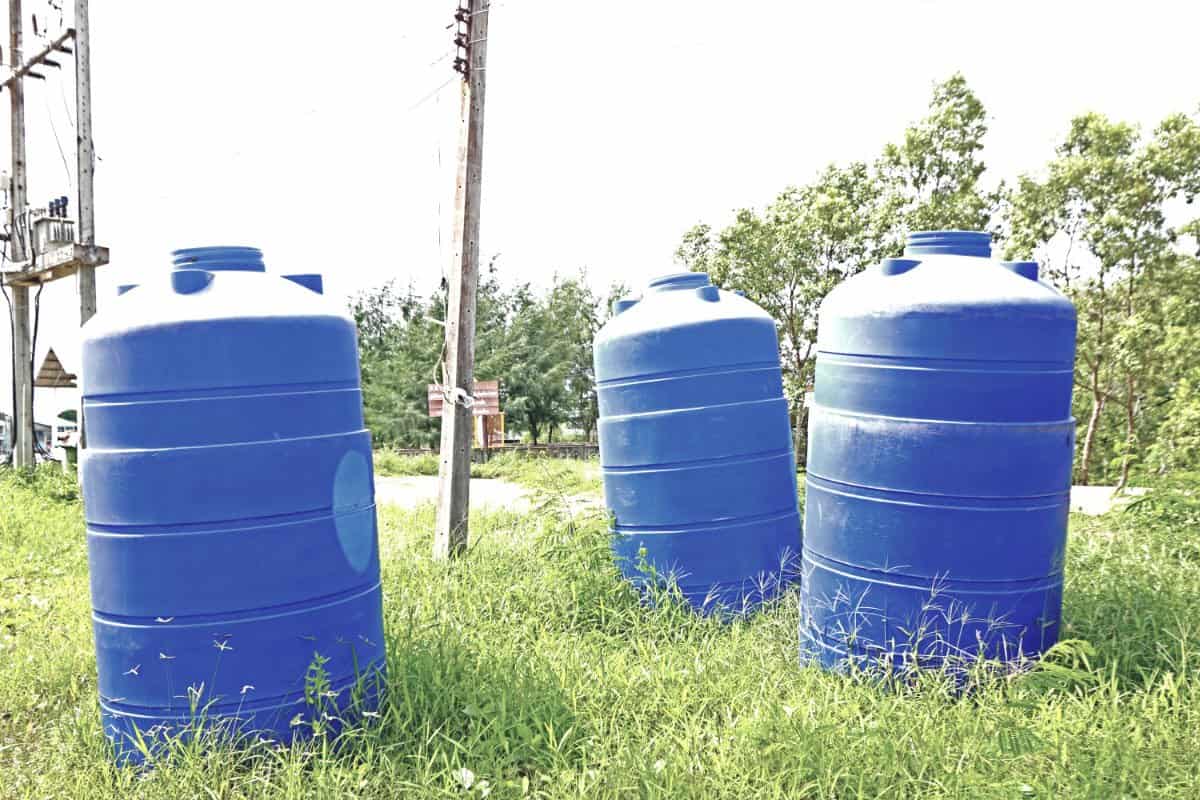
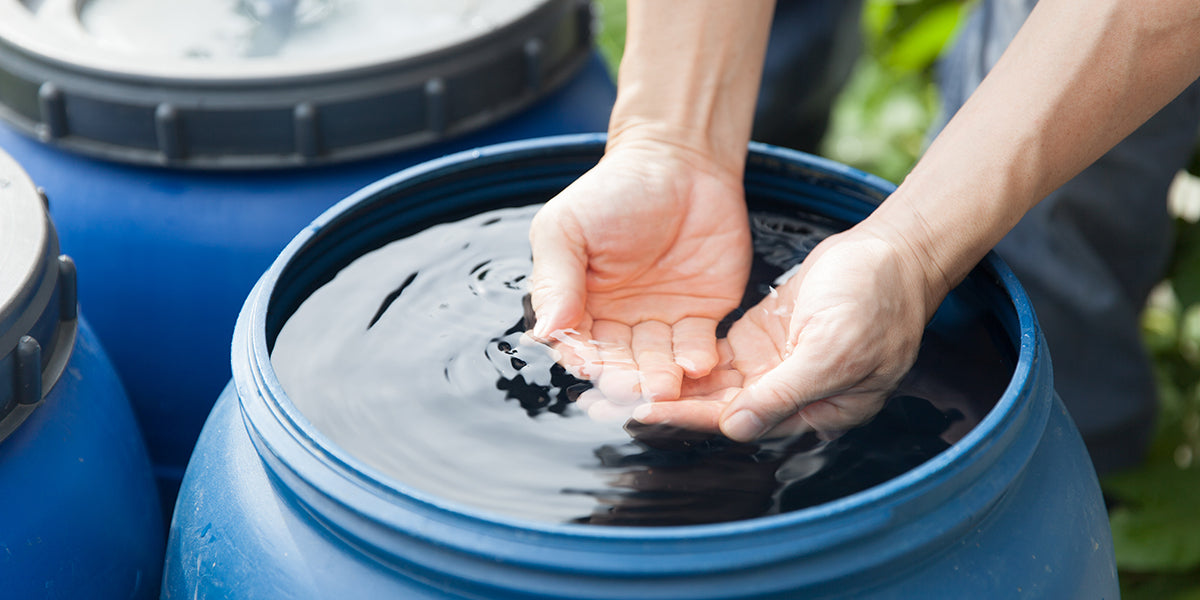
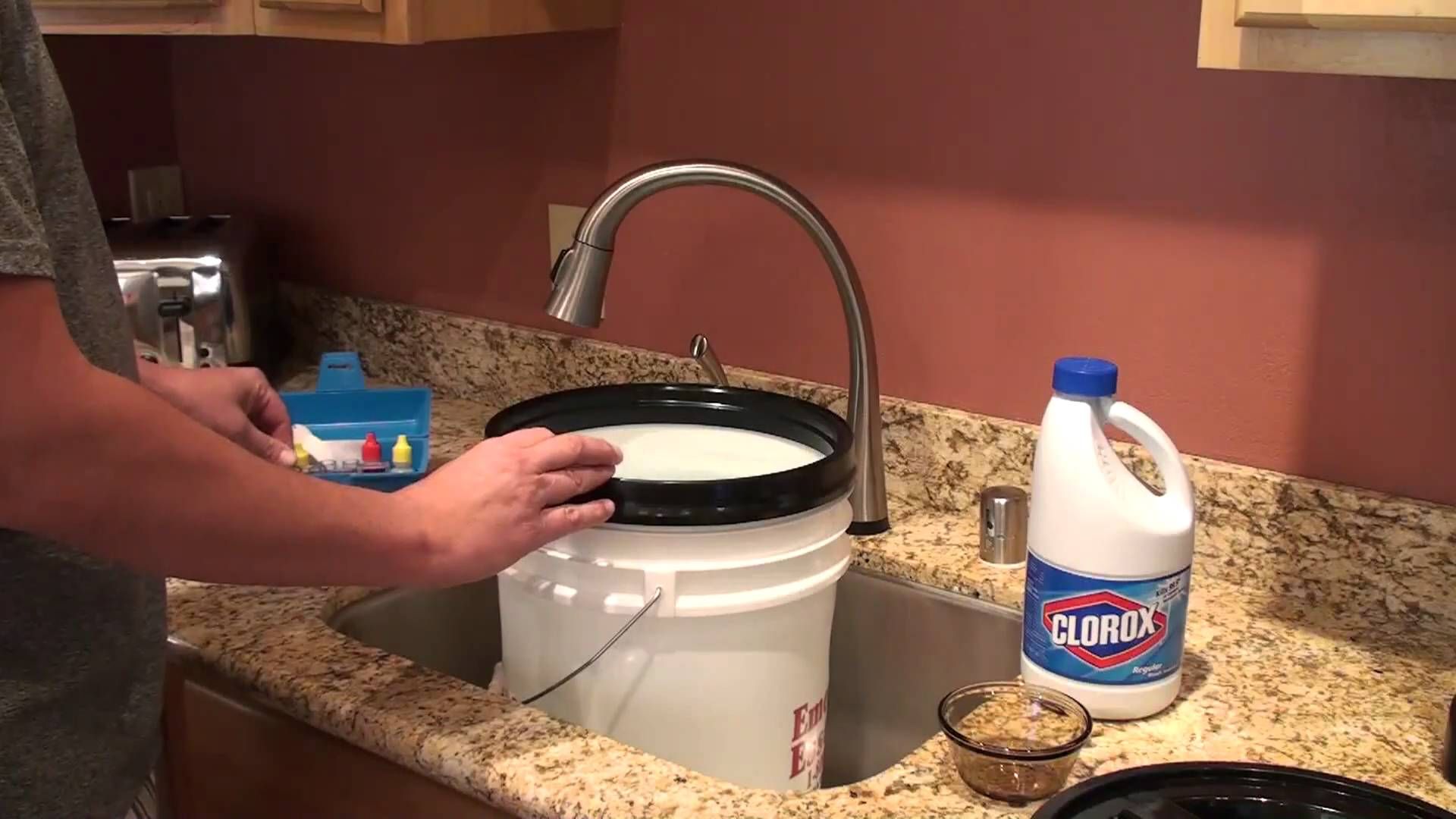
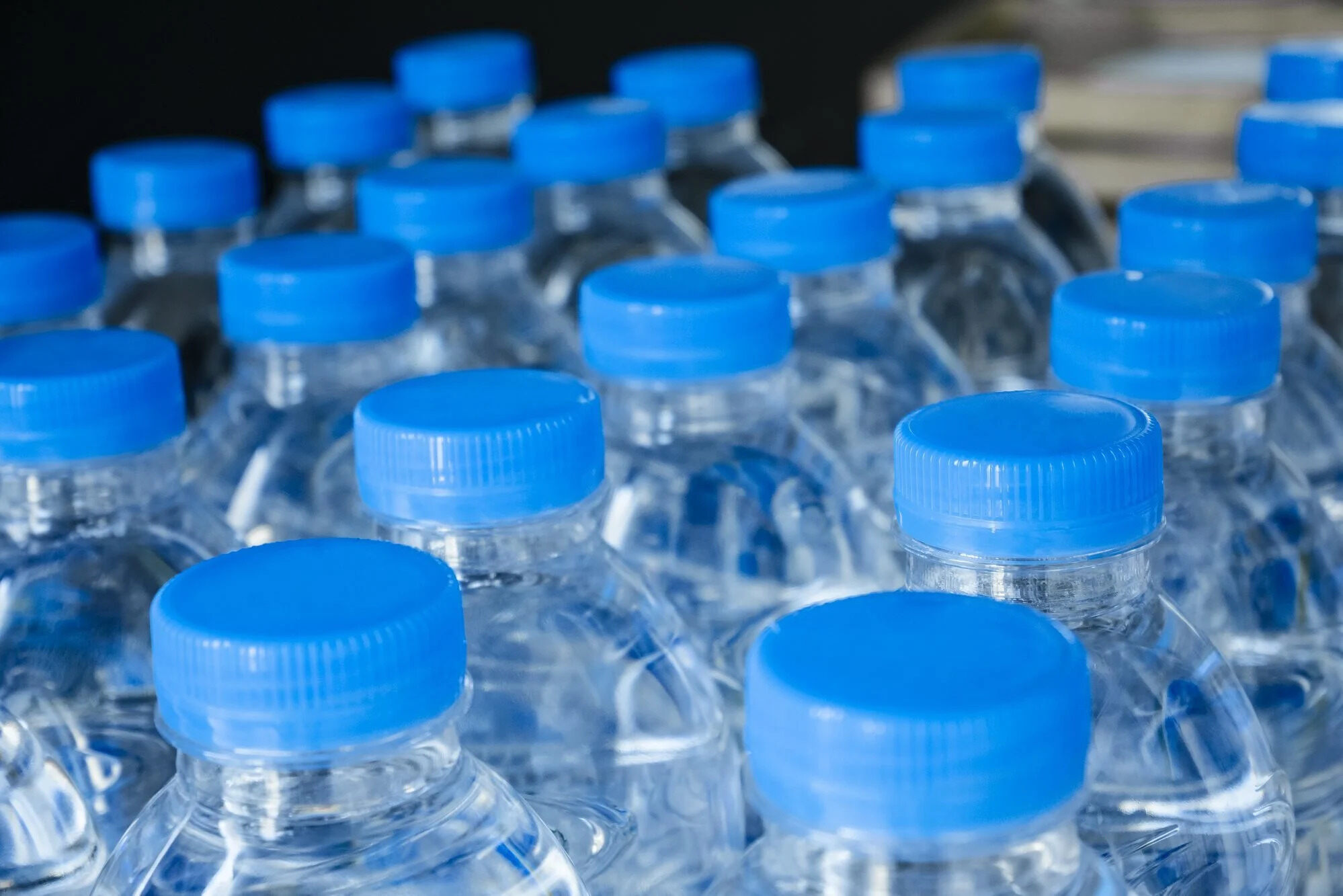
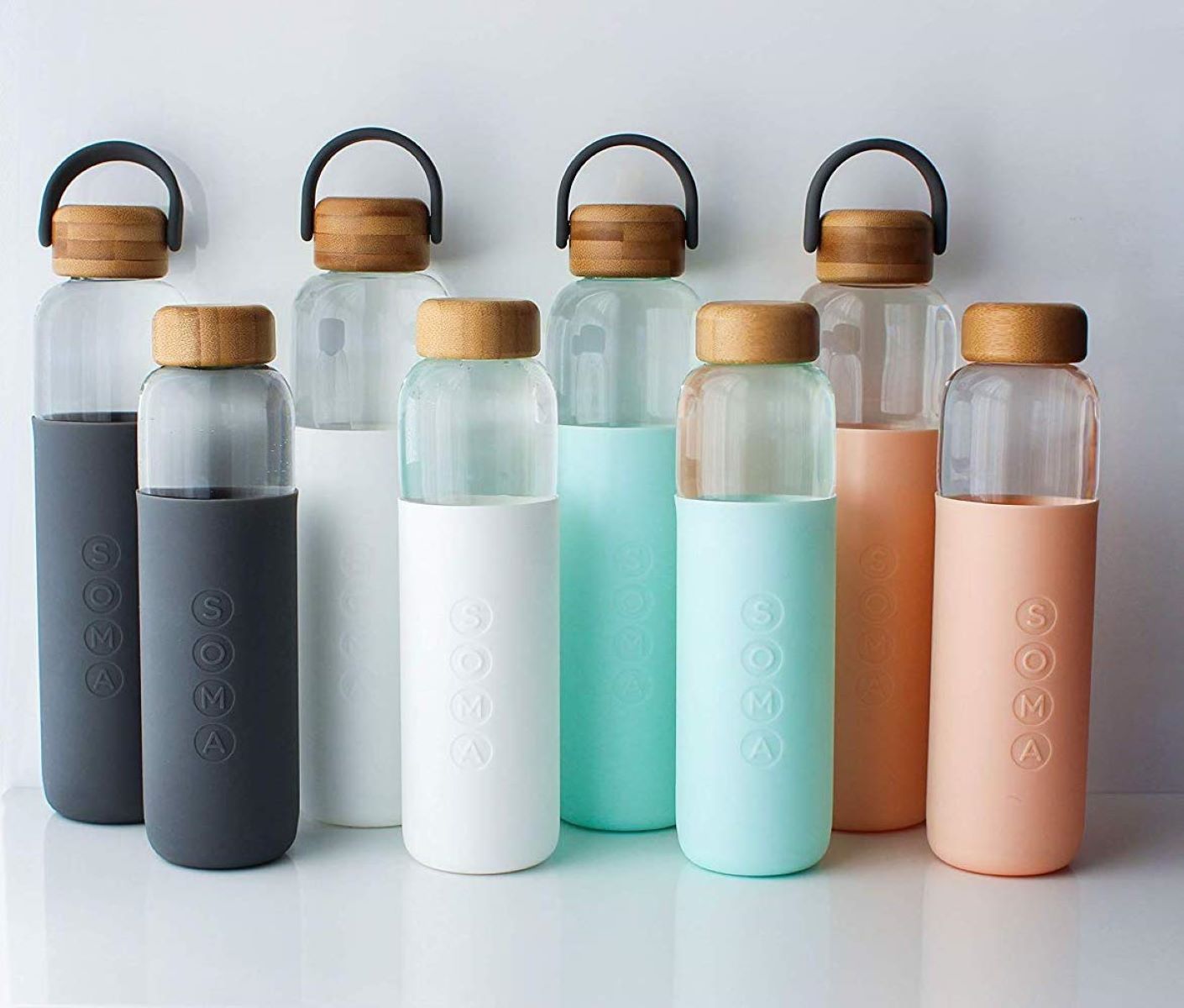
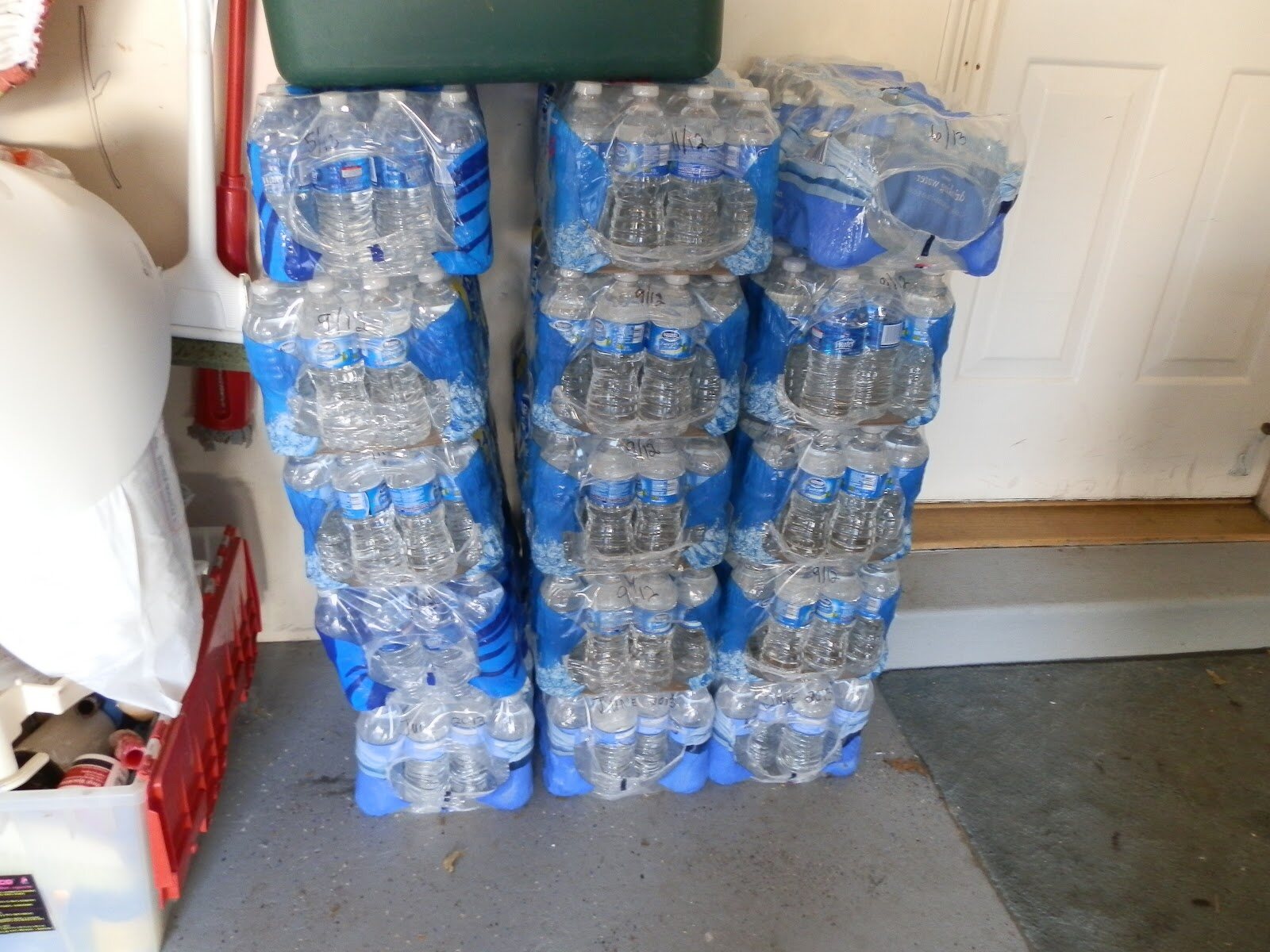
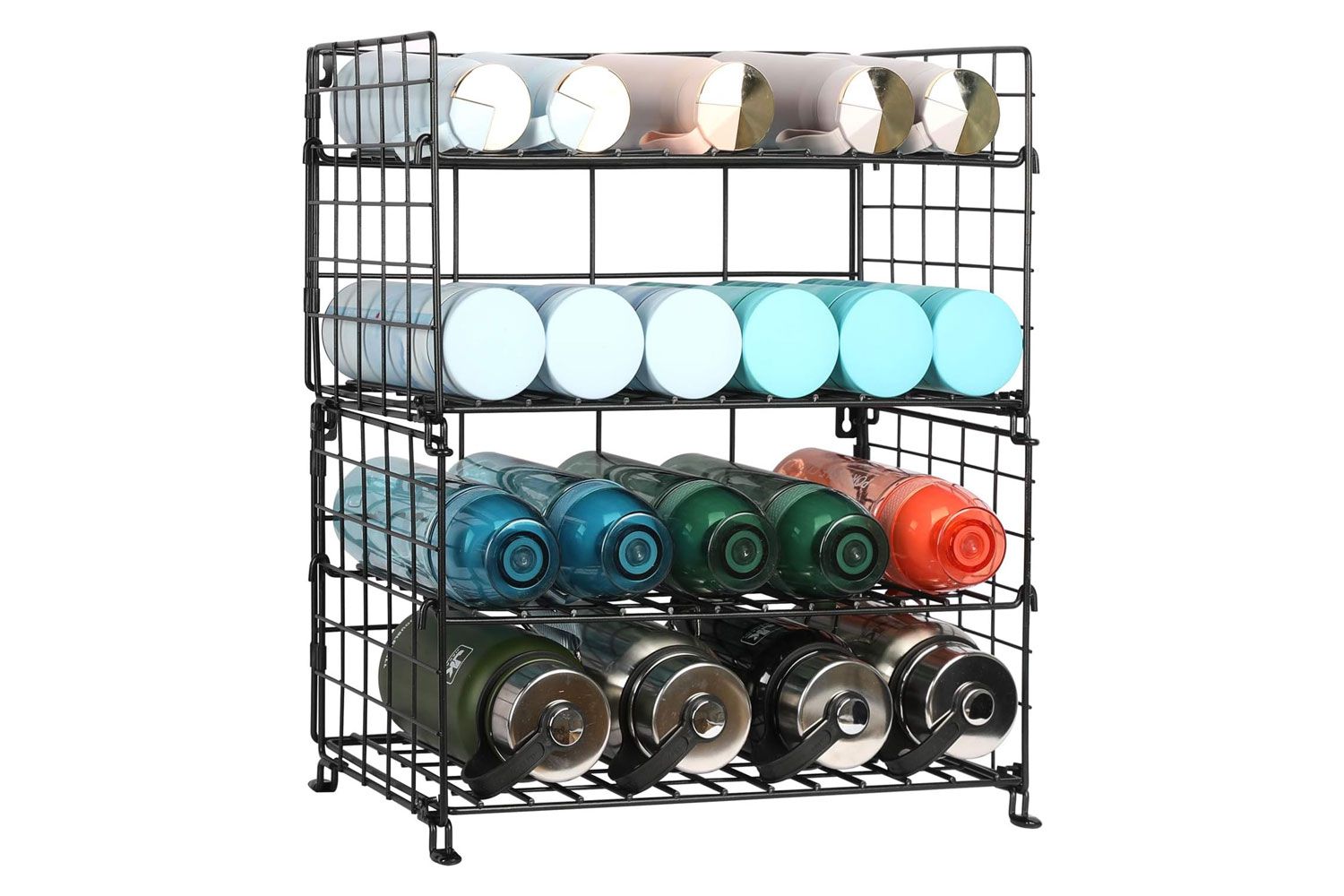
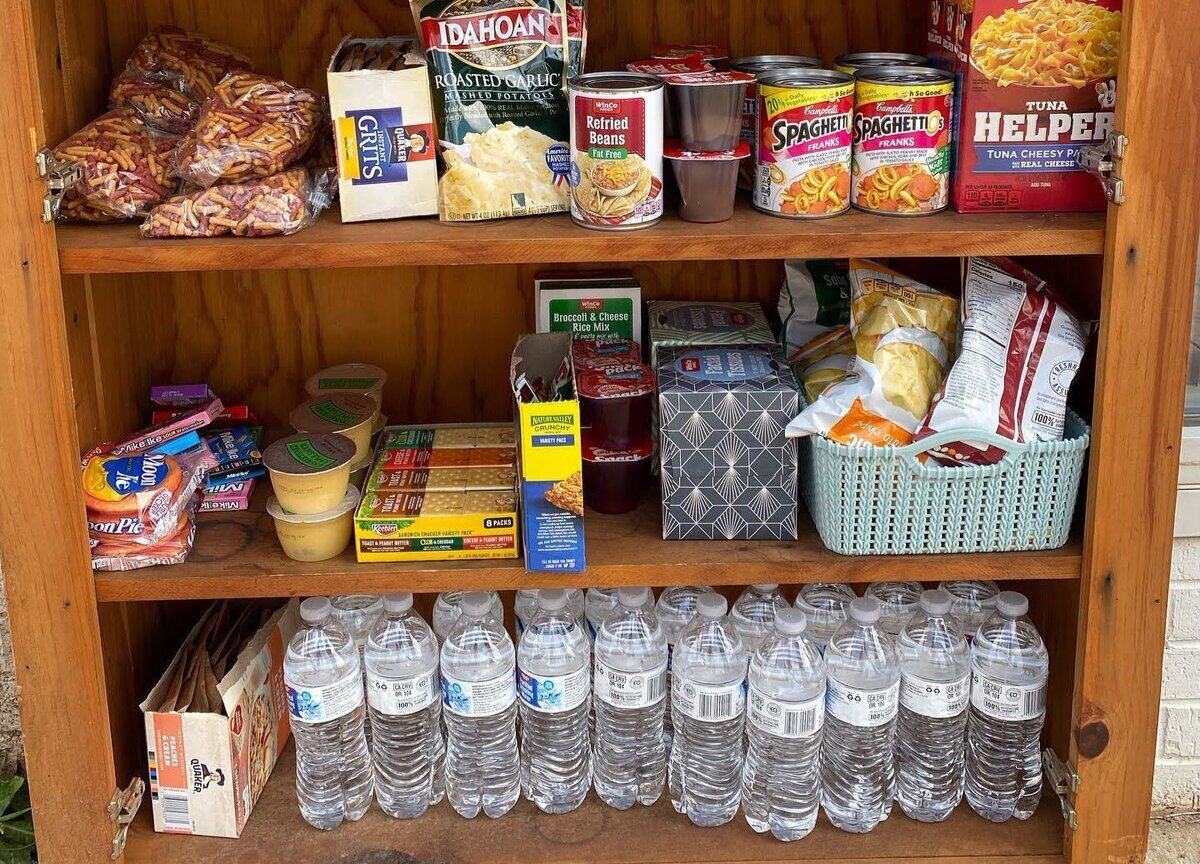
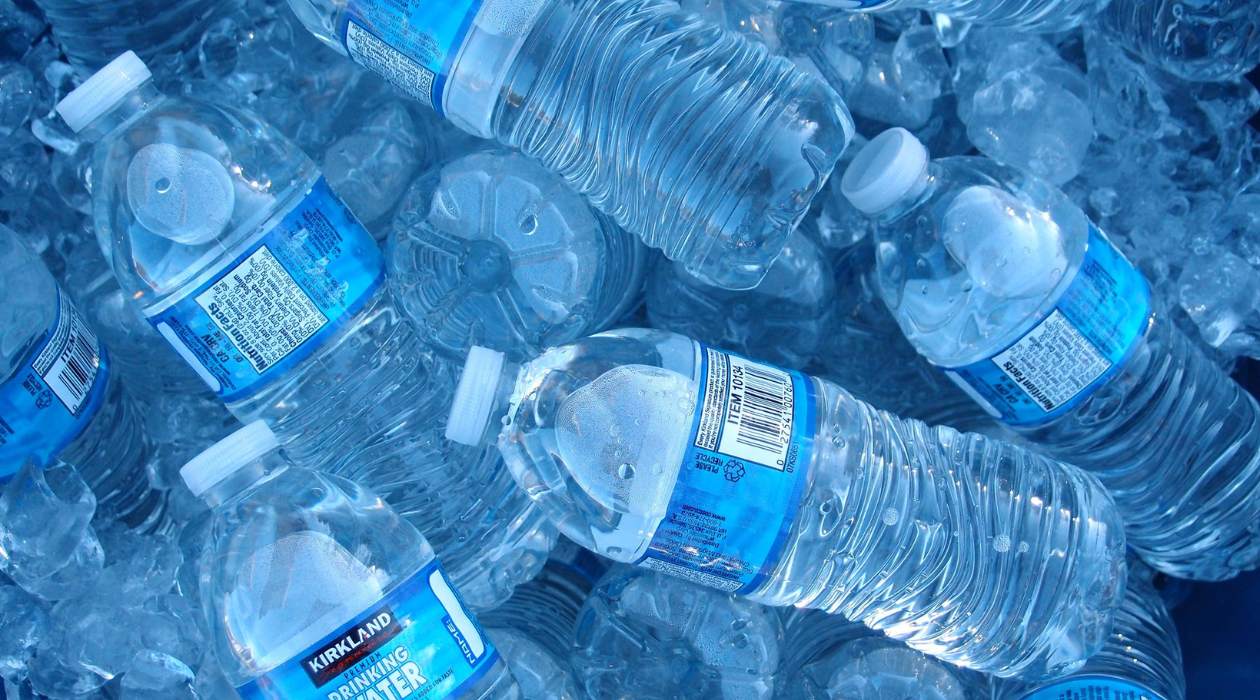
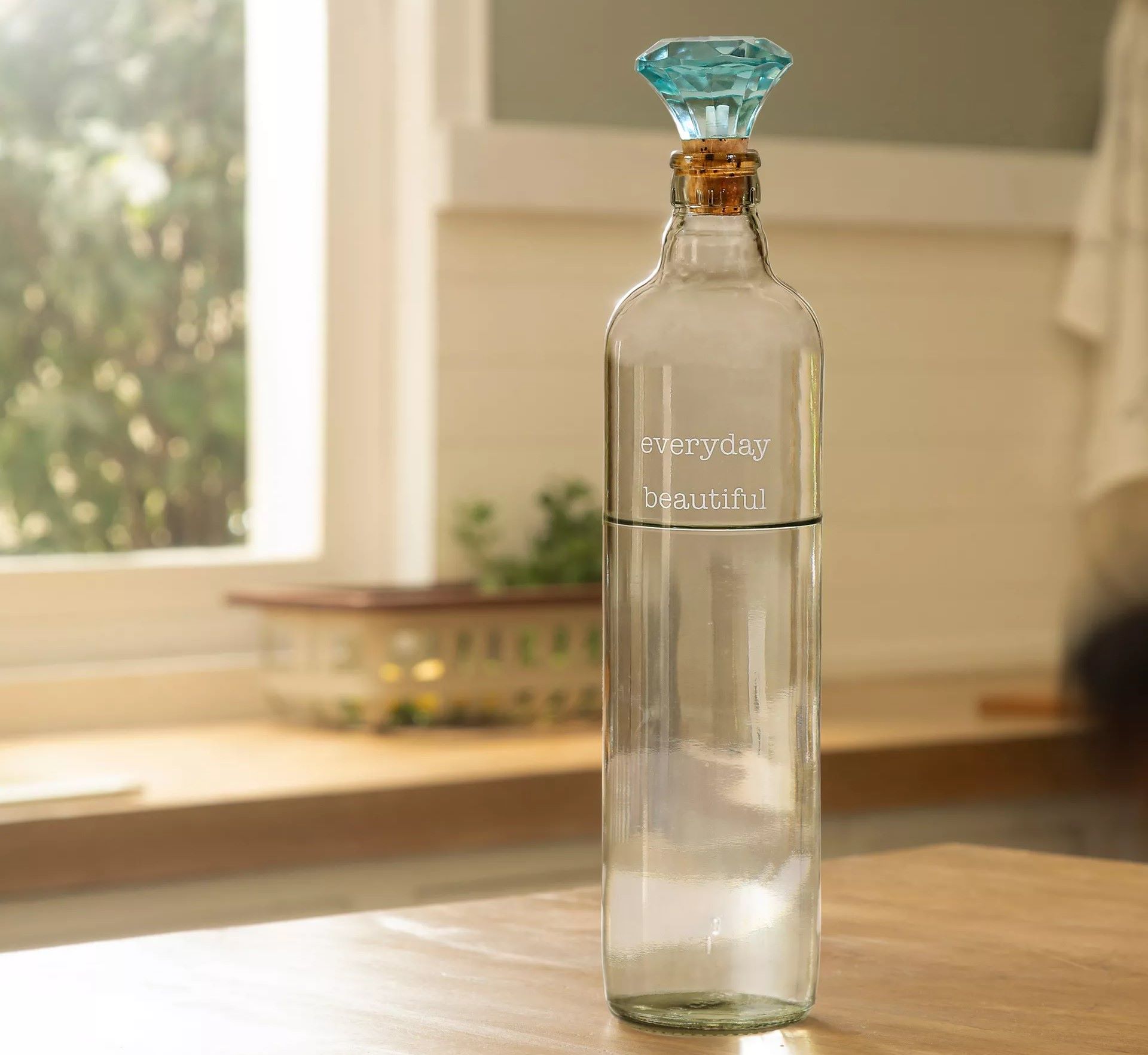
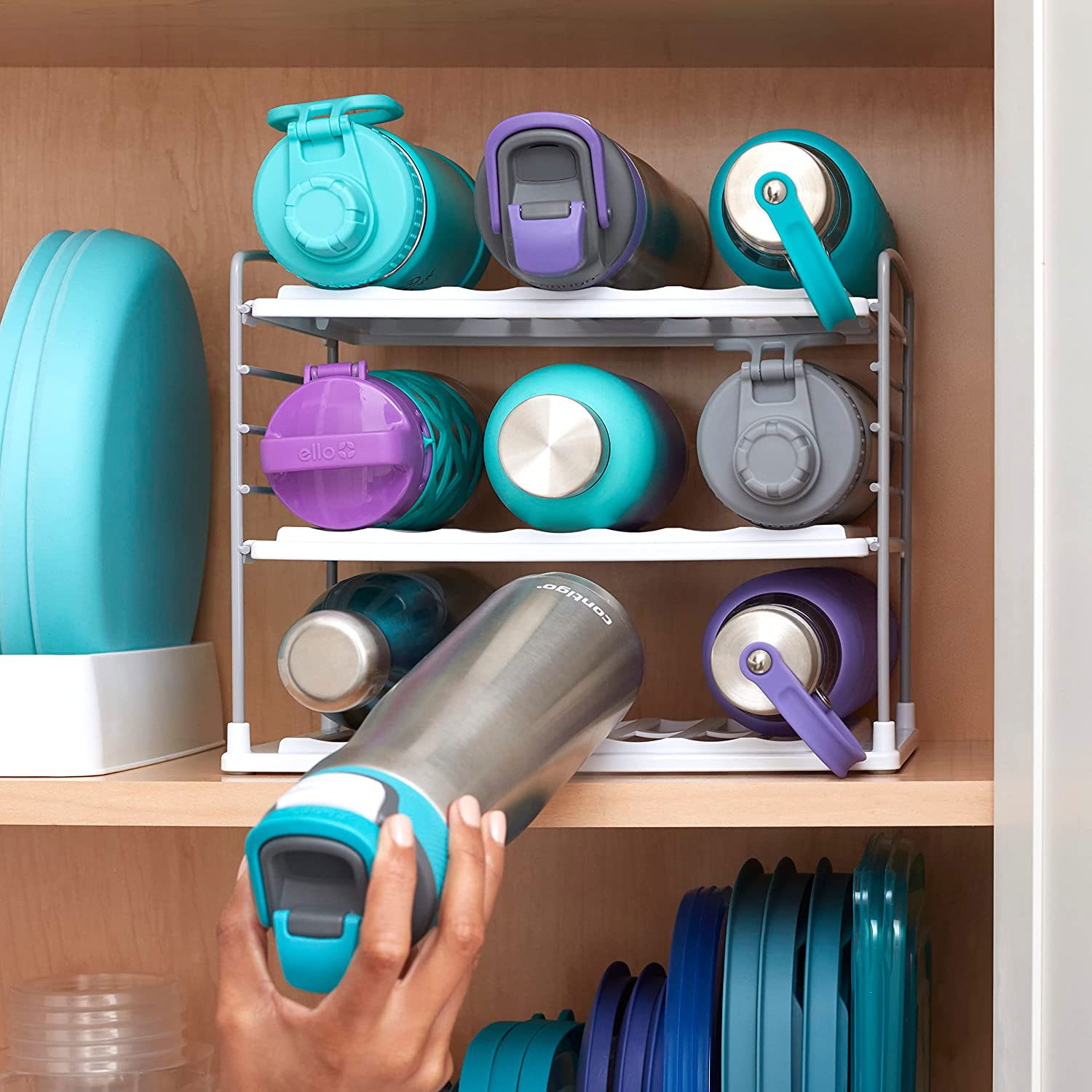




0 thoughts on “How To Store Bottled Water Long Term”